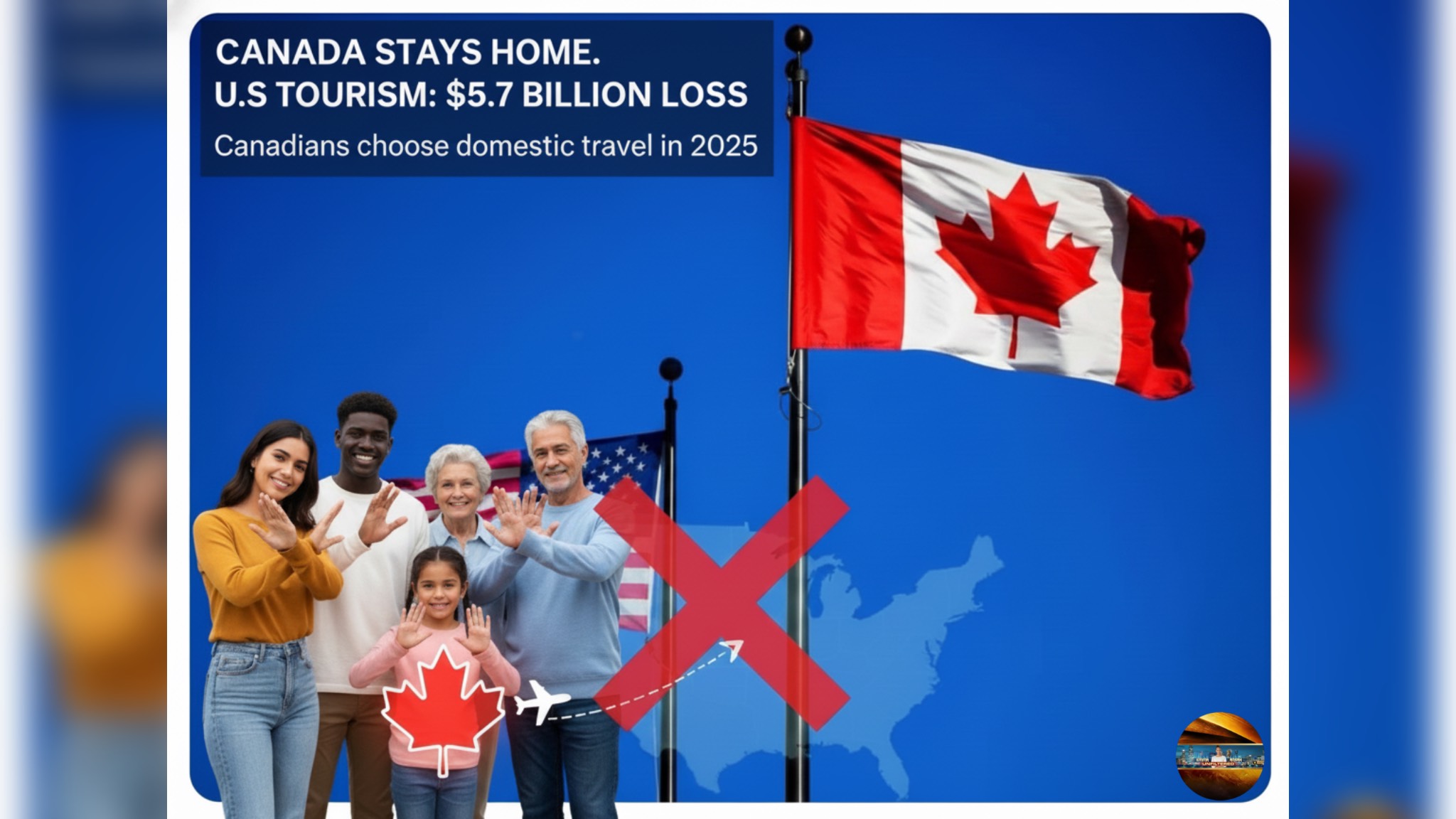Hidden Trials, Hidden Truth: Why Canada Must Force Full Disclosure of Synthetic Drug Failures
- TDS News
- Canada
- November 18, 2025

By: Donovan Martin Sr, Editor in Chief
For years, Canadians have lived within a medical framework that assumes synthetic drugs are backed by complete, comprehensive scientific disclosure. Most people believe that if a drug reaches the pharmacy shelf, then every failure, every negative outcome, every abandoned formulation has been carefully examined and fully shared with Health Canada. In practice, the system is far more selective. Health Canada receives detailed data about the specific formulation seeking approval, not the entire constellation of past experiments that shaped it. Pharmaceutical companies are not legally required to disclose failed trials, shelved molecules, or double-blind studies that faltered before the approval phase. The regulator only sees the set of trials that companies choose to submit as part of their application—studies designed around the final version of the drug they want approved. Everything that came before, everything that failed on the journey, can be kept confidential as proprietary information.
This raises a deeper, uncomfortable question: if the law does not force full transparency, how complete is the scientific picture that reaches the regulator? Health Canada does review extensive safety data, dosing information, toxicity studies, clinical trial outcomes, adverse events, and pharmacological profiles. But it receives only what manufacturers are legally obligated to provide under the current rules. It does not automatically receive the failed trials that led to the refinement of dosage. It does not necessarily see abandoned early-stage versions that produced unwanted side effects. It does not see every failed double-blind experiment that forced a pivot in methodology. The final dossier is a polished record of success, not a panoramic view of the entire scientific process. This is legal, permissible, and built into the structure of Canadian regulations.
And this leads to an even more pressing point: if Canadians are expected to trust synthetic drugs, why are they not entitled to the same level of detail we demand from other industries? Cigarettes, for example, come with stark warnings about health risks. Food labels are legally required to disclose ingredients and allergens. Cars undergo mandatory recall reporting when defects are identified. Yet synthetic pharmaceuticals—the very substances people ingest to protect their lives—do not come with a public accounting of all the trial failures, adverse reactions, or toxicological missteps corrected along the way. Those failures, though erased from the final narrative, are often where the most valuable information resides. They reveal the vulnerabilities of the molecule, the side effects that had to be engineered out, the threshold at which harm outweighed benefit, and the point where acceptable failure rates were defined.
This absence of disclosure makes it difficult for Canadians to fully understand what they are putting into their bodies. They see only the triumph, not the obstacles that shaped it. Every drug has an acceptable failure rate, a point at which its risks are considered statistically manageable, but the public rarely sees how that threshold was determined. They are not shown the trial that demonstrated severe reactions at higher doses before the dosage was lowered. They are not told about alternative delivery methods that were abandoned. They are not given insight into the biological pathways that originally produced complications before the formula was refined. If transparency is truly a cornerstone of public health, then synthetic drugs should carry labels that reflect the full arc of their development. Canadians deserve not just the final chapter but the entire story.
This is not an argument against synthetic drugs. It is a call for openness. And it should not be a binary conversation in which pharmaceuticals stand on one side and natural health remedies stand on the other. The truth is far more interconnected. The overwhelming majority of synthetic drugs can trace their origin to natural sources: plants, fungi, minerals, and compounds long used in traditional or homeopathic practices. Modern pharmacology often begins with what nature already created. Over time, many Canadians have built their personal health traditions on natural remedies that have kept their families well for generations. These practices are not fringe, not anti-science, and not in conflict with modern medicine; they are part of the larger Canadian health culture.
The pandemic revealed a gap between the public and the regulatory system. Not everyone trusted synthetic solutions, even though vaccines ultimately saved millions of lives. That distrust did not arise from ignorance but from a feeling of exclusion from the scientific process, a sense that decisions were being made behind closed doors without full transparency. Canadians who rely on natural remedies were often portrayed as incompatible with modern medicine, when in reality, their approach is rooted in wellness traditions that predate synthetic pharmaceuticals and continue to coexist with them. There is room for both, as long as both are evaluated by facts rather than assumptions.
This is where a broader vision begins to emerge. If synthetic drugs are rooted in nature, then natural health remedies should receive the respect that comes from rigorous study rather than dismissal. And that can only happen if the regulatory system evolves. Canada could benefit from a formal Minister of Natural Health—a counterpart working alongside the Minister of Health—tasked with building scientific bridges between natural and synthetic approaches. Such a minister would not promote natural remedies instead of pharmaceuticals, but rather elevate natural health to a place where its research, standards, and evidence receive the same institutional attention. Canadians deserve a balanced system that acknowledges the strengths of both.
Imagine a Health Canada where synthetic drugs must publicly disclose every major trial failure, every adaptation made to correct those failures, and the acceptable failure rate used to justify approval. Imagine combining that with a parallel system where natural remedies undergo appropriate scientific evaluation, not to discredit them, but to document their benefits with the same seriousness applied to pharmaceuticals. This would not weaken trust—it would strengthen it. Canadians want to make informed decisions. They want to know what they are consuming. They want transparency, not curated summaries.
The current system makes it possible for failed synthetic drug trials to remain buried indefinitely. It also leaves natural remedies operating in an environment where scientific study is sporadic, underfunded, and overshadowed by the pharmaceutical industry. If Canada wants a health system built on truth rather than tradition or corporate preference, then both sides must be treated with intellectual honesty. Synthetic drugs should reveal their failures. Natural remedies should be studied without prejudice. And the public should be shown that transparency is not a threat but a foundation.
What Canadians put into their bodies matters. They deserve clarity, disclosure, and balance. They deserve a regulatory system that does not hide failures, that does not privilege one approach at the expense of another, and that respects the history of both synthetic innovation and natural healing. If nearly every pharmaceutical breakthrough began with a natural remedy, then the future of Canadian health policy must be open to both, guided by evidence and built on trust. The science is ready. The public is ready. The only question now is whether Health Canada is ready to evolve.








